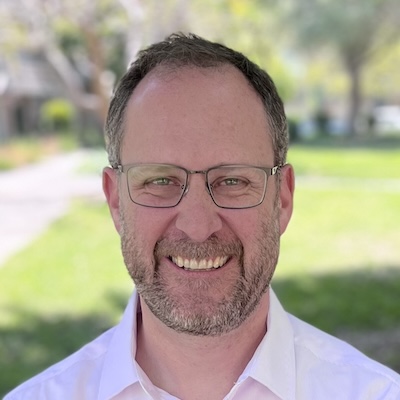Seminar Date: Tuesday, May 27, 2025
Time: 11:00 AM PT
Location: 67-3111 & Zoom
Talk Title: Characterizing the dynamics of indirect excitons in semiconductor quantum wells using nonlinear optical spectroscopy techniques
Zoom recording (available for 30 days)
Add this event to your calendar

Abstract:
Spatially indirect excitons in semiconductor quantum wells are relevant to basic research and device applications because they exhibit enhanced tunability, delocalized wavefunctions, and potentially longer lifetimes relative to direct excitons. In this talk, I will summarize recent studies conducted by myself and others at San Jose State University, at the University of Michigan, and at the University of Colorado, investigating these fascinating excitations in InGaAs double quantum wells using optical multidimensional coherent spectroscopy (MDCS) and photoluminescence excitation (PLE) spectroscopy. Analyses of the spectra confirm a strong influence of many-body effects, and reveal that excited-state zero-quantum coherences between direct and indirect excitons in the quantum wells dephase faster than the much higher-energy single-quantum coherences between excitonic excited states and ground states. The results also suggest an important energy-dependent role of continuum states in mediating system dynamics, and they indicate that dephasing mechanisms are associated with uncorrelated or anticorrelated energy-level fluctuations. In broader context, the results may be relevant to the physics of manufactured devices including quantum cascade lasers, and to transfer efficiency between energy levels in a variety of naturally occurring quantum confined systems.
Bio:
Dr. Christopher Smallwood is an associate professor in the Department of Physics and Astronomy at San José State University. His research focuses on spectroscopy of solid-state materials, and on the development and characterization of interferometric optical devices. He received an AB in Physics from Harvard College in 2005 conducting optical measurements of rubidium vapor, and he received a PhD in Physics from UC Berkeley in 2014 developing photoemission spectroscopy techniques to study high-temperature superconductors, with the bulk of his research work being conducted in LBNL’s Materials Sciences Division and at the Advanced Light Source. From 2014-2018 he worked as a postdoctoral researcher, first at JILA (University of Colorado and the National Institute of Standards and Technology) and then at the University of Michigan, where he developed and used ultrafast spectroscopy techniques to study light-matter interactions in solids. Between college and graduate school, he also taught fifth grade from 2005–2007 with Teach For America at Leo James Leo Elementary School in Mission, TX. He is the recipient of the 2013 Lars Commins Memorial Award in Experimental Physics at UC Berkeley, a National Research Council postdoctoral Research Associateship award at NIST, and multiple NSF-funded grants.

